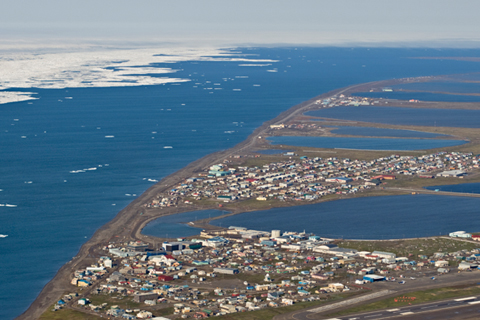
Since 2002, Octobers in Barrow, Alaska—America's northernmost town—are regularly near the warmest on record, thanks to the retreat of sea ice. The warming hinders traditional hunting activities, makes the town more vulnerable to storm surge flooding, and thaws the frozen ground to greater depths, which destabilizes roads, house foundations, and traditional underground freezers.
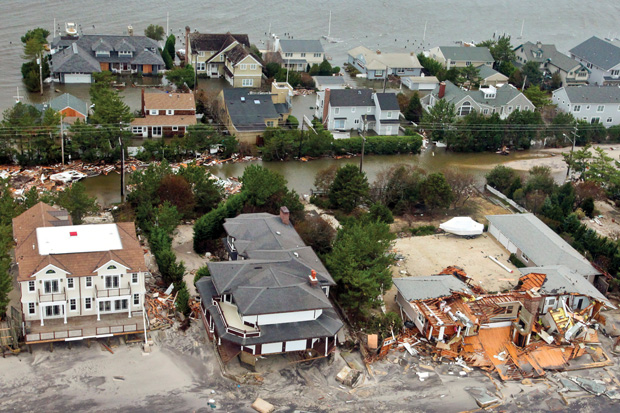
Understanding how extreme events in 2012 were influenced—or not—by human-caused climate change
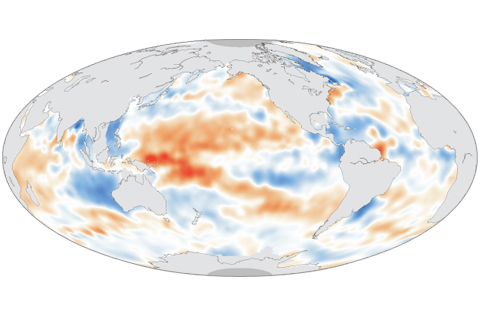
Maps of changes in the saltiness of the surface waters of the ocean over time can reveal natural climate cycles, human-caused changes in evaporation and rainfall, and variation in the strength and location of currents. This map of changes in surface salinity between 2004 and 2012 provides clues to how climate variabiity and change have influenced the global water cycle in the past decade.

Climate Matters
August 27, 2013
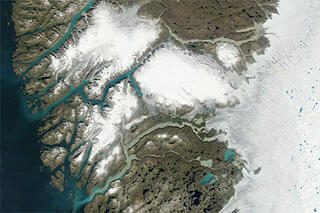
New Record Temperature in Southwest Greenland?
August 26, 2013
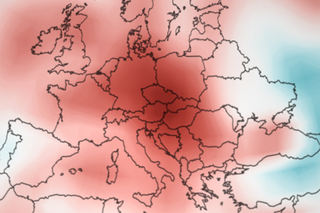
Heat hammers Europe in July and August
August 22, 2013
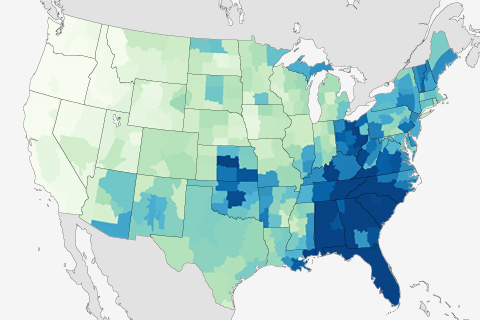
In July 2013, the Pacific Northwest was relatively dry, while the Southeast got a soaking.

Andrea, Barry, Chantal, Dorian, Erin... who’s next? Probably plenty more, according to NOAA’s updated Atlantic hurricane season outlook. With five named storms already in the books this summer, the 2013 hurricane season is shaping up to be above normal.

From record-low Arctic sea ice to the highest global sea level of the modern record, the 2012 State of the Climate report provides a complete rundown on the state of Earth's climate and how it is changing.
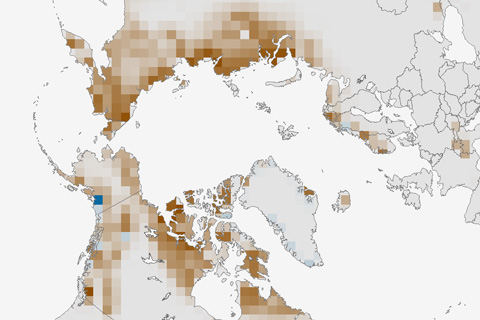
The extent of snow-covered ground in the Northern Hemisphere at the end of the cold season (June) hit a record low. Annual average snow cover extent has not exceeded the long-term average even once since 2003. Between 1979 and 2011, the snow cover in June is declining even faster than the end-of-summer Arctic sea ice extent.